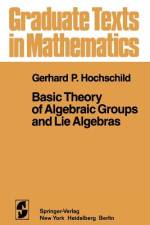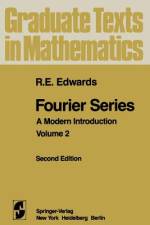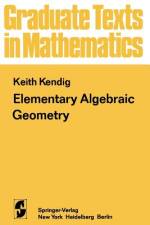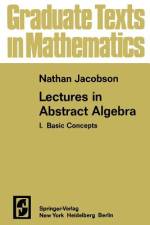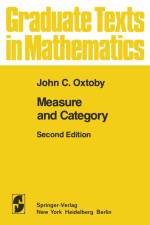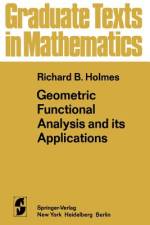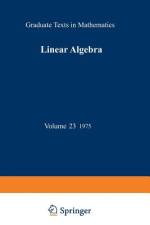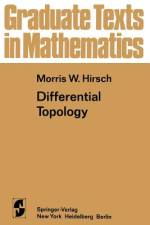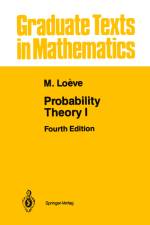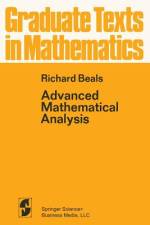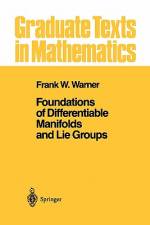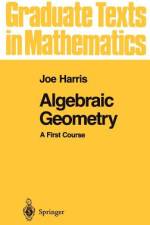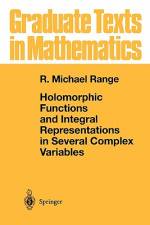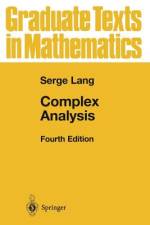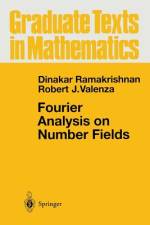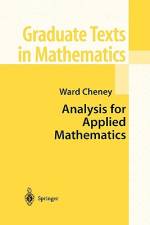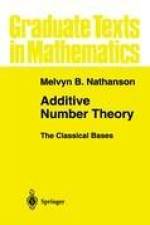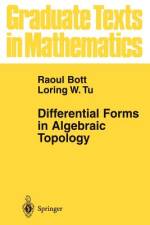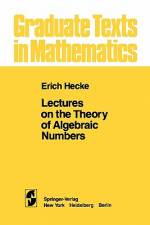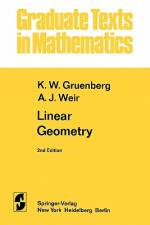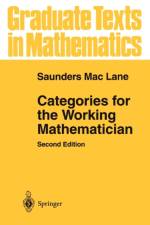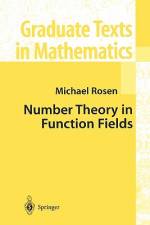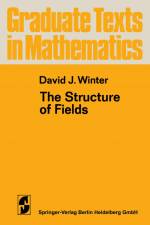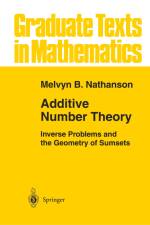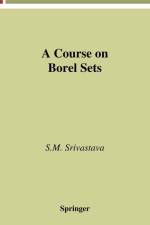von Serge Lang
70,00 €
The present book is meant as a text for a course on complex analysis at the advanced undergraduate level, or first-year graduate level. Somewhat more material has been included than can be covered at leisure in one term, to give opportunities for the instructor to exercise his taste, and lead the course in whatever direction strikes his fancy at the time. A large number of routine exercises are included for the more standard portions, and a few harder exercises of striking theoretical interest are also included, but may be omitted in courses addressed to less advanced students. In some sense, I think the classical German prewar texts were the best (Hurwitz-Courant, Knopp, Bieberbach, etc. ) and I would recom- mend to anyone to look through them. More recent texts have empha- sized connections with real analysis, which is important, but at the cost of exhibiting succinctly and clearly what is peculiar about complex anal- ysis: the power series expansion, the uniqueness of analytic continuation, and the calculus of residues. The systematic elementary development of formal and convergent power series was standard fare in the German texts, but only Cartan, in the more recent books, includes this material, which I think is quite essential, e. g. , for differential equations. I have written a short text, exhibiting these features, making it applicable to a wide variety of tastes. The book essentially decomposes into two parts.

